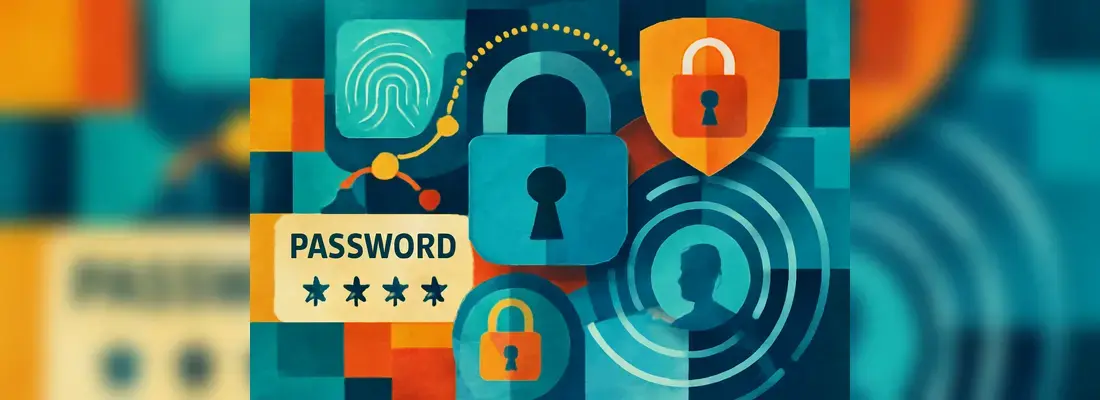Date: 30 July 2025
1. Integrating Tactical Logistics With Executive Objectives
The effectiveness of travel security operations is a function of how well they are integrated into the executive's agenda, not interrupting it, but enhancing it. Security is often viewed as a parallel track to the business objective of the trip, when in fact both must operate completely in sync. A successful travel plan provides ease of movement while retaining flexibility, allowing the executive to stay focused without being disrupted. What this implies is that route planning, timing buffers, staging areas, and contingency vehicles are not merely logistical concerns—they are essential facilitators of unbroken decision-making.
Every decision concerning ground transport, air travel, accommodations, and venues must be vetted for alignment with the individual's risk profile. From entry strategies to off-site meeting points, the goal is to minimize complexity without relinquishing control. Security officers also need to be flexible, with the ability to adjust their tactics if meetings overrun, circumstances change, or unforeseen threats emerge on the ground. ROWAN Security helps clients develop responsive travel plans that integrate tactical logistics with business realities, ensuring security never detracts from opportunities.
In our experience, leadership teams and executives function at their best when they understand that their security team is not merely watching but waiting, proactively directing the entire operation to remain ahead of any threat of disruption. Not only does this proactive approach protect the individual, but it also reinforces the company's credibility and capability to operate consistently in different theaters of operation.
2. Addressing Digital Exposure And Information Control
Contemporary travel security must address both digital and physical vulnerabilities. Executives who bring mobile phones, laptops, or networked smart devices with them are more vulnerable to data interception, monitoring, or illicit access to sensitive systems. Preparing for secure executive transit involves assessing digital threat surfaces and securing points of access before departure. This involves providing clean devices, allowing for encrypted communication software, disabling geolocation, and using sanitizing data protocols before crossing digital borders. Even discussions in public or semi-public areas—such as lobbies, cafes, or airports—can be intercepted by enemies seeking insider information or financial gain.
For business executives involved in confidential mergers, contract negotiations, or restructuring plans, information exposure while travelling is not a theoretical risk—it is a real threat. The security team's planning should involve red-teaming potential points of exposure, electronic reconnaissance monitoring, and ensuring uninterrupted and secure real-time communication. It is also advisable to engage business who travel often in cybersecurity awareness training for executives. This helps them understand the risk exposure they face and the threats to the information they carry, enabling them to be more vigilant and aware of their personal responsibility in protecting the company's digital assets.
ROWAN Security's travel security practice encompasses both physical and cyber protection, enabling executives to work without fear of data compromise or illicit surveillance. Through the integration of intelligence-driven tools with operational discipline, companies can maintain their edge even while in motion, ensuring their data is as secure as their people.
3. Managing On-Ground Coordination And Local Risk Factors
Regardless of how well the schedule is planned, the instant an executive arrives at a new venue, they enter an unpredictable risk environment that must be dynamically managed. Local factors, such as crime levels, political instability, transportation punctuality, and medical response readiness, all contribute to a venue's overall threat profile. Security teams need to have intimate knowledge of the ground situation and access to local intelligence feeds. A seemingly stable city on paper can be volatile beneath the surface, ranging from labor strikes to spontaneous protests or demonstrations. The success of executive security while traveling relies heavily on the availability of contingency planning specific to the prevailing risk scenario in the destination.
Security professionals operating on the ground should be well-briefed, culturally sensitive, and tactically proficient to make in-flight adjustments. At ROWAN Security, we prioritize the importance of local relationships that extend our capacity for protection with immediacy. Our strategy involves a thorough pre-site survey, operational briefings, and instantaneous information updates via secured communication channels. In this way, each movement—from airport arrival to final meeting—takes place in a contained, scalable framework that can expand or contract according to necessity. The capacity to immediately adjust to shifting levels of risk is what distinguishes high-impact planning from reactive improvisation. Executives gain from effortless travel not because nothing occurs, but because the planning for everything that might happen is included.
4. Reinforcing Continuity And Reputation Through Secure Mobility
Executive travel encompasses more than individual risk—it includes the symbolic significance of an organisation's presence, priorities, and professionalism. Each movement, from departure to arrival, speaks to intent and capability. Poor planning not only places an individual at risk but can lead to delays, cancellations, or reputational damage that echo through business operations. Business executives who take secure travel planning seriously send a message to business associates, stakeholders, and their staff that they manage with prescience and responsibility.
ROWAN Security delivers this kind of preparation through meticulous planning and post-travel analysis that streamlines future operations. We consider each executive mobility an operational mission, meriting the same attention and caution that comes with every high-risk undertaking. From embedding cyber resilience within travel planning to synchronising logistical units with operational control centers, our methodology is grounded in maintaining continuity. Business does not stop when executives travel—and neither should security. When implemented appropriately, travel security becomes a reinforcement factor of an organisation's credibility, competence, and commitment to mission completion.
Executive travel remains the most dynamic and risk-sensitive aspect of corporate operations. Planning steps that guarantee success must reach beyond logistics into the world of tactical preparedness, intelligence fusion, and anticipatory risk management. Security in travel is not an afterthought to be applied; it's a framework to be incorporated into each step of the journey. Our mission at ROWAN Security is to provide business executives with travel security services that maintain mobility without compromise, protecting both the individual and the organisation's integrity. By way of preparation, coordination, and execution in real time, security becomes a proactive strength rather than a reactive umbrella. With responsible planning and seasoned leadership, businesses can traverse executive travel with confidence, resilience, and a well-charted course, regardless of terrain.







.webp)
.webp)
